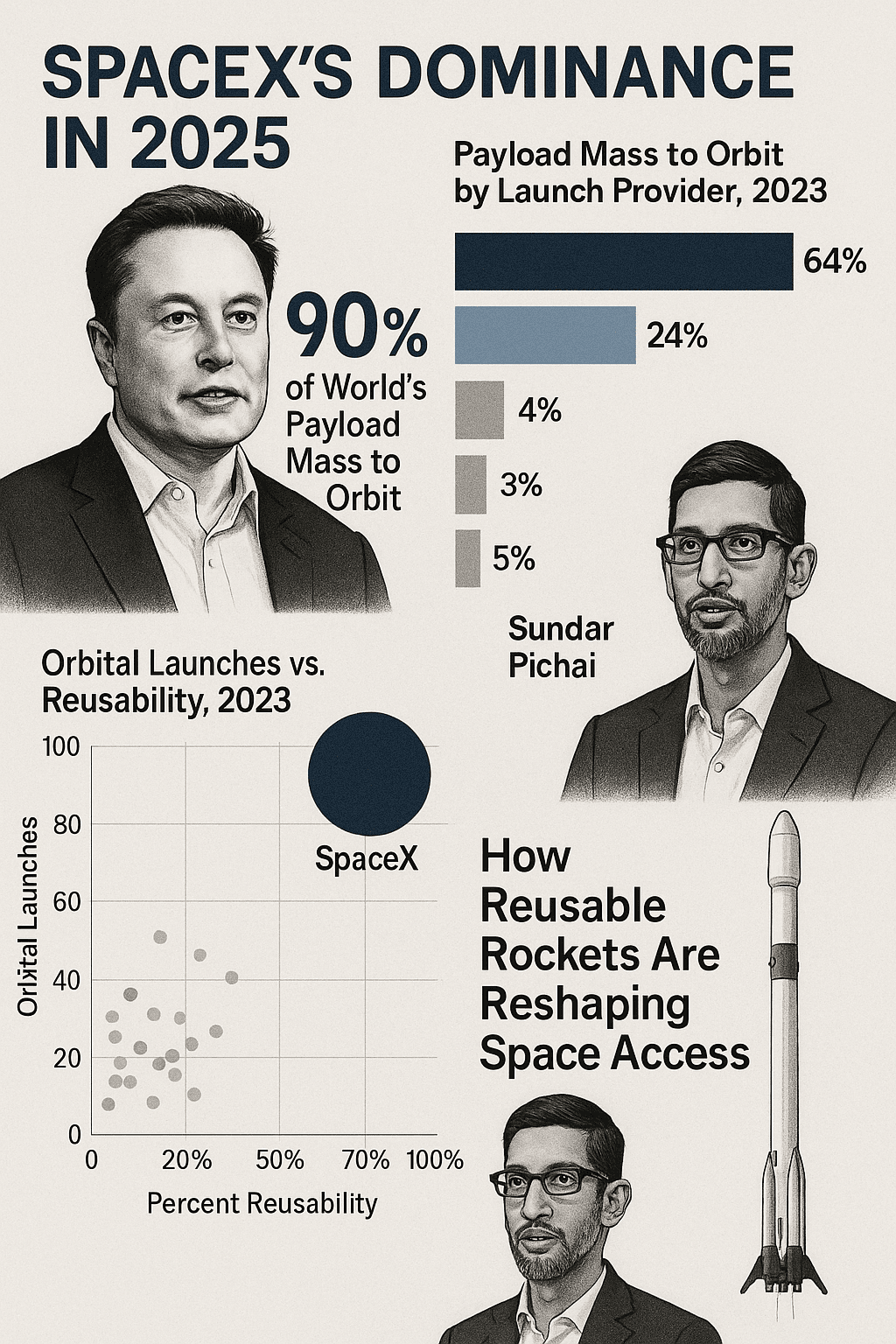
For the first time, scientists have grown a human spine in the lab using a notochord model. Discover how this breakthrough could revolutionize treatments for spinal defects, back pain, and more.

A Milestone in Medical Science: The First Lab-Grown Human Spine
In a groundbreaking leap for developmental biology, researchers at the Francis Crick Institute have achieved what once seemed impossible: growing a human spine in the lab. Published in Nature on December 18, 2024, this pioneering work centers on recreating the notochord—a critical structure that guides spinal and nervous system formation in embryos. This discovery opens unprecedented doors for studying birth defects, spinal disorders, and age-related back pain.
But what exactly does this mean for science and medicine? Let’s dive into the details.
The Notochord: Nature’s Blueprint for Spinal Development
The notochord is a rod-shaped tissue that acts as a “GPS” during early embryonic development. It serves two vital roles:
- Structural Support: It forms a scaffold, helping cells organize into the spine.
- Developmental Signaling: It releases chemical cues to direct surrounding tissues, ensuring bones, nerves, and discs form correctly.
In humans, the notochord eventually becomes the nucleus pulposus—the gel-like core of intervertebral discs. When these discs degenerate (a common cause of chronic back pain), the loss of this structure leads to discomfort and mobility issues.
Until now, replicating the notochord in the lab had eluded scientists. Its absence in previous models left gaps in understanding spinal defects like spina bifida or scoliosis. This new research changes everything.
From Chicken Embryos to Human Cells: Decoding the Notochord’s Secrets
To crack the code of notochord formation, the team first studied chicken embryos—a classic model for developmental biology. By comparing their findings with data from mice and monkeys, they mapped the precise timing and chemical signals required to create notochord tissue.
“It was like finding the right recipe,” explains Dr. Tiago Rito, the study’s lead author. “Previous attempts failed because we didn’t know when to add each signal.”
Using this blueprint, the researchers applied a carefully timed sequence of growth factors to human stem cells. The result? A miniature 3D trunk-like structure (1–2 mm long) containing:
- Neural tissue (precursor to the spinal cord)
- Bone stem cells (future vertebrae)
- A functional notochord sending organizational signals
A Miniature Trunk in a Dish: What the Lab-Grown Model Reveals
The lab-grown trunk organoid isn’t just a static clump of cells—it behaves like a developing embryo. The notochord releases signals that “tell” nearby cells to become specific tissues, mirroring natural spinal formation.
“The notochord isn’t just a scaffold; it’s a communicator,” says Dr. James Briscoe, senior author of the study. “It ensures cells become the right type, in the right place, at the right time.”
This dynamic model allows scientists to:
- Study Early Development: Observe how spinal defects arise during the embryo’s critical first weeks.
- Test Therapies: Screen drugs or gene therapies to prevent or repair spinal disorders.
- Understand Disc Degeneration: Investigate why intervertebral discs break down with age—and how to regenerate them.
Implications for Medicine: From Birth Defects to Back Pain
1. Tackling Spinal Birth Defects
Approximately 1 in 1,000 babies are born with spinal cord defects like spina bifida, where the neural tube fails to close. Current treatments are limited to surgery post-birth, but this model could help identify preventative strategies during pregnancy.
2. Healing Degenerated Discs
Over 40% of adults over 40 suffer from chronic back pain, often due to worn-out intervertebral discs. By studying how the notochord transforms into healthy discs, researchers could develop stem cell therapies to repair damaged tissue.
3. Ethical, Scalable Research
These organoids are simplified models—not embryos—and dissolve naturally after a few days. They offer an ethical way to study human development without using fetal tissue.
The Future of Spinal Research: What’s Next?
While this breakthrough is monumental, the team emphasizes that it’s just the beginning. Next steps include:
- Enhancing Complexity: Adding muscle and blood vessels to the trunk model.
- Longer Development: Extending the organoid’s lifespan to study later developmental stages.
- Patient-Specific Models: Using stem cells from individuals with spinal defects to personalize treatments.
Conclusion: A New Era for Developmental Biology
The creation of a lab-grown human spine marks a turning point in medicine. For the first time, scientists have a window into the earliest stages of spinal development—a process that’s been shrouded in mystery. This model not only advances our understanding of life’s blueprint but also brings hope for millions affected by spinal conditions.
As Dr. Briscoe aptly states, “We’ve been in the dark about many developmental disorders. Now, we’ve switched on the light.”
References
Rito, T., Libby, A.R.G., Demuth, M. et al. Timely TGFβ signalling inhibition induces notochord. Nature (2024). DOI: 10.1038/s41586-024-08332-w
Stay Updated: Follow breakthroughs in medical science by subscribing to our newsletter or sharing this article with fellow science enthusiasts!











